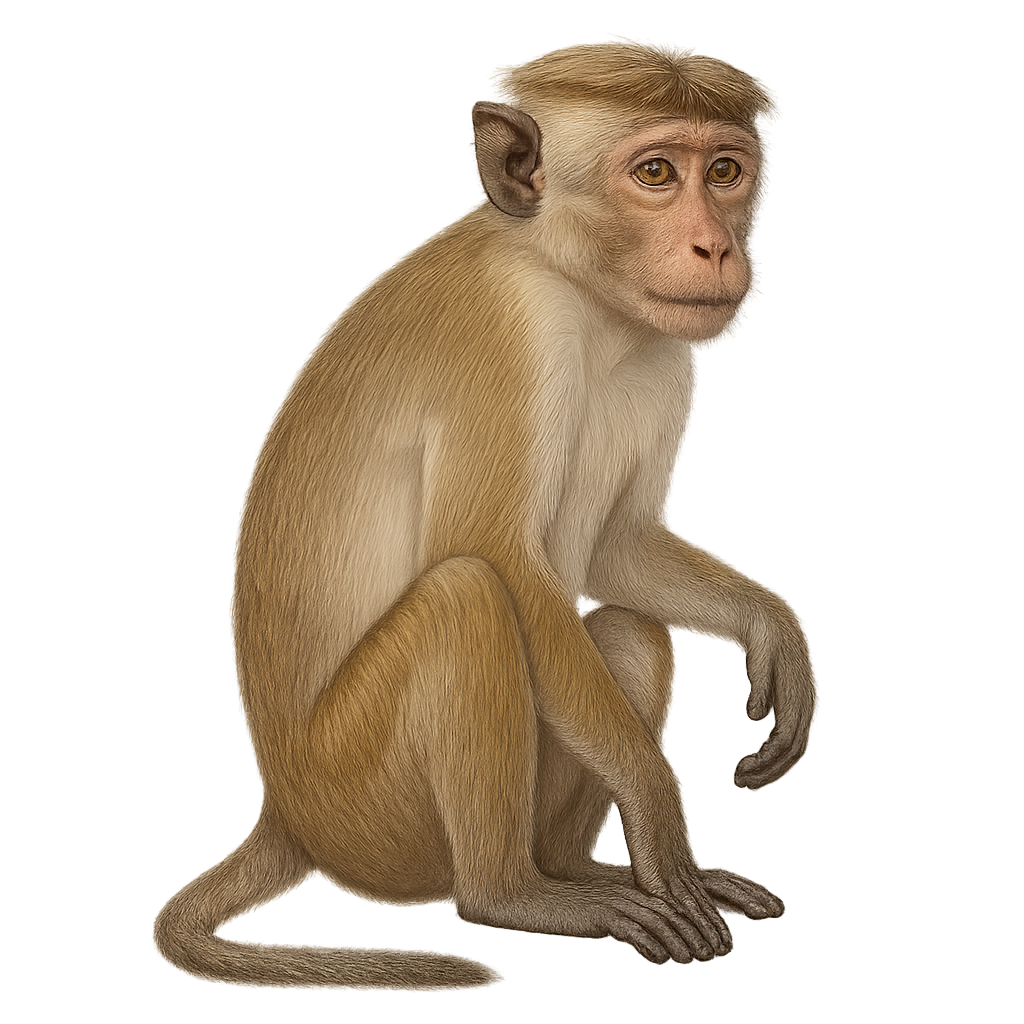Your wildlife photography guide.
Explore the toque macaque in detail, study its behavior, prepare your shots.
Where to observe and photograph the toque macaque in the wild
Learn where and when to spot the toque macaque in the wild, how to identify the species based on distinctive features, and what natural environments it inhabits. The WildlifePhotographer app offers tailored photography tips that reflect the toque macaque’s behavior, helping you capture better wildlife images. Explore the full species profile for key information including description, habitat, active periods, and approach techniques.
Toque Macaque
Scientific name: Macaca sinica

IUCN Status: Vulnerable
Family: CERCOPITHECIDAE
Group: Mammals
Sensitivity to human approach: Suspicious
Minimum approach distance: 10 m
Rut period: September to November
Gestation: 160-170 jours
Births: February to March
Habitat:
Tropical forests, urban areas, agricultural areas
Activity period :
Primarily active during the day, with peak activity in the morning and late afternoon.
Identification and description:
The Macaca sinica, commonly known as the toque macaque, is a primate species endemic to Sri Lanka. Recognizable by its tuft of hair on the top of its head, this monkey has a golden-brown coat with a lighter belly. It primarily inhabits tropical forests but also adapts to urban and agricultural areas. Highly social, it lives in hierarchical groups where females dominate. Its diet is omnivorous, consisting of fruits, leaves, insects, and occasionally small vertebrates. Unfortunately, deforestation and human expansion threaten its natural habitat, classifying it as vulnerable according to the IUCN.
Recommended lens:
400 mm – adjust based on distance, desired framing (portrait or habitat), and approach conditions.
Photography tips:
To photograph the Macaca sinica, it is advisable to use a telephoto lens of at least 400mm to capture detailed images from a distance. These monkeys are suspicious, so it's important to remain discreet and patient. Look for them in tropical forests or even in urban areas of Sri Lanka. Take advantage of the natural light in the morning or afternoon for well-lit shots. Avoid sudden movements to prevent scaring them and always maintain a safe distance of at least 10 meters.
The WildlifePhotographer App is coming soon!
Be the first to explore the best nature spots, track rutting seasons, log your observations, and observe more wildlife.
Already 1 439 wildlife lovers subscribed worldwide

